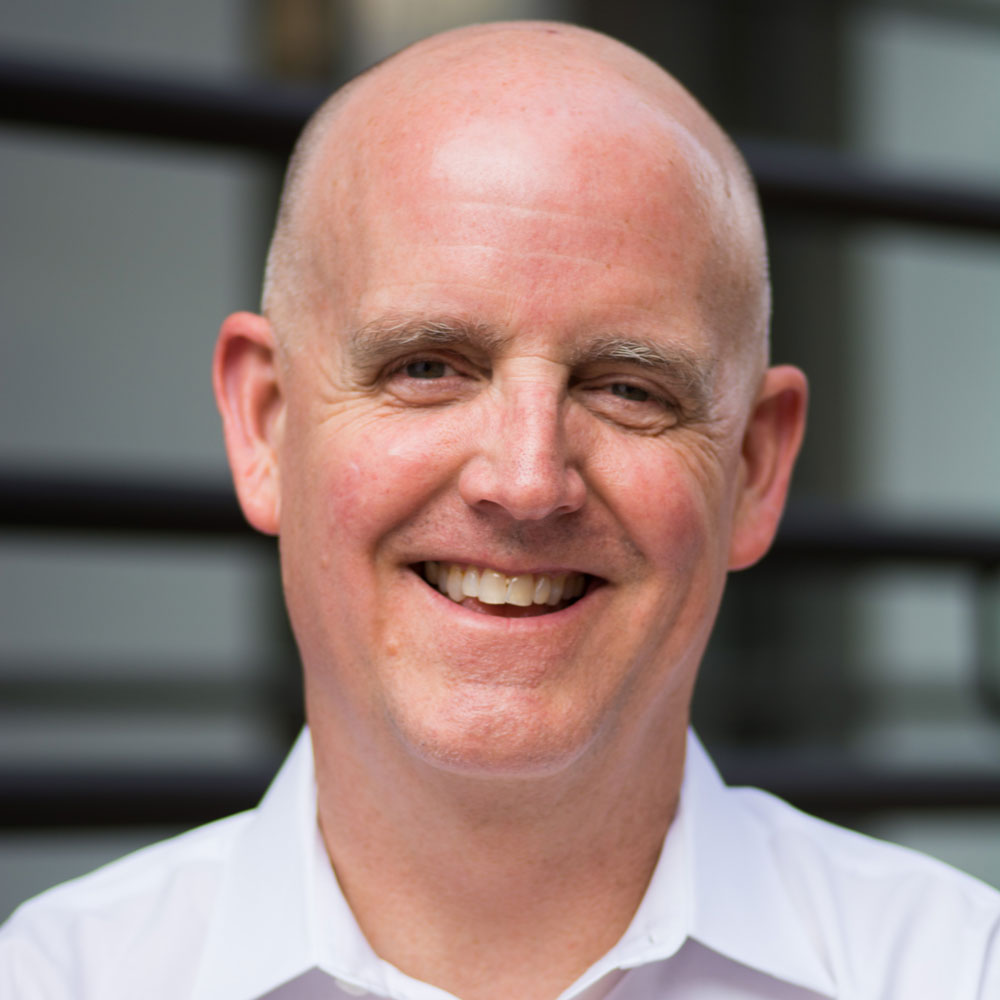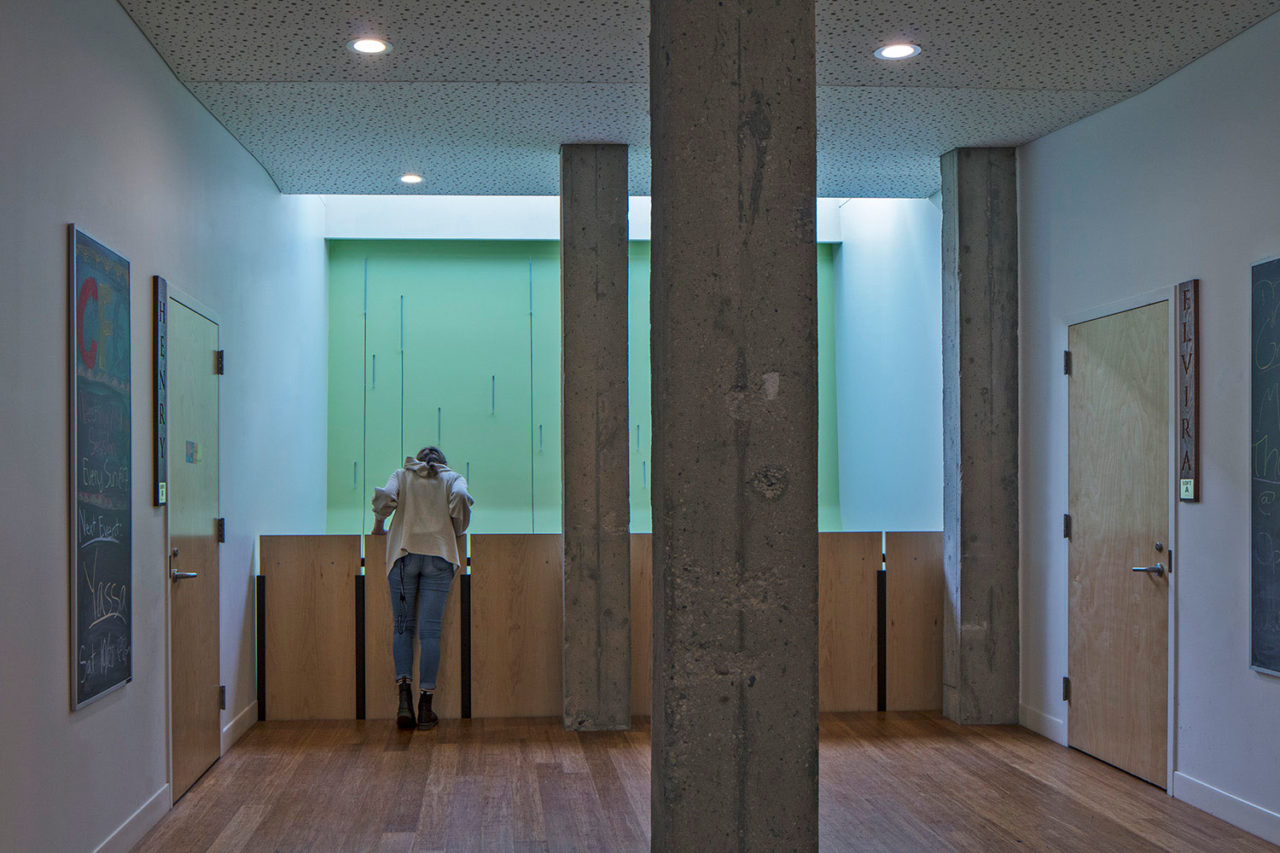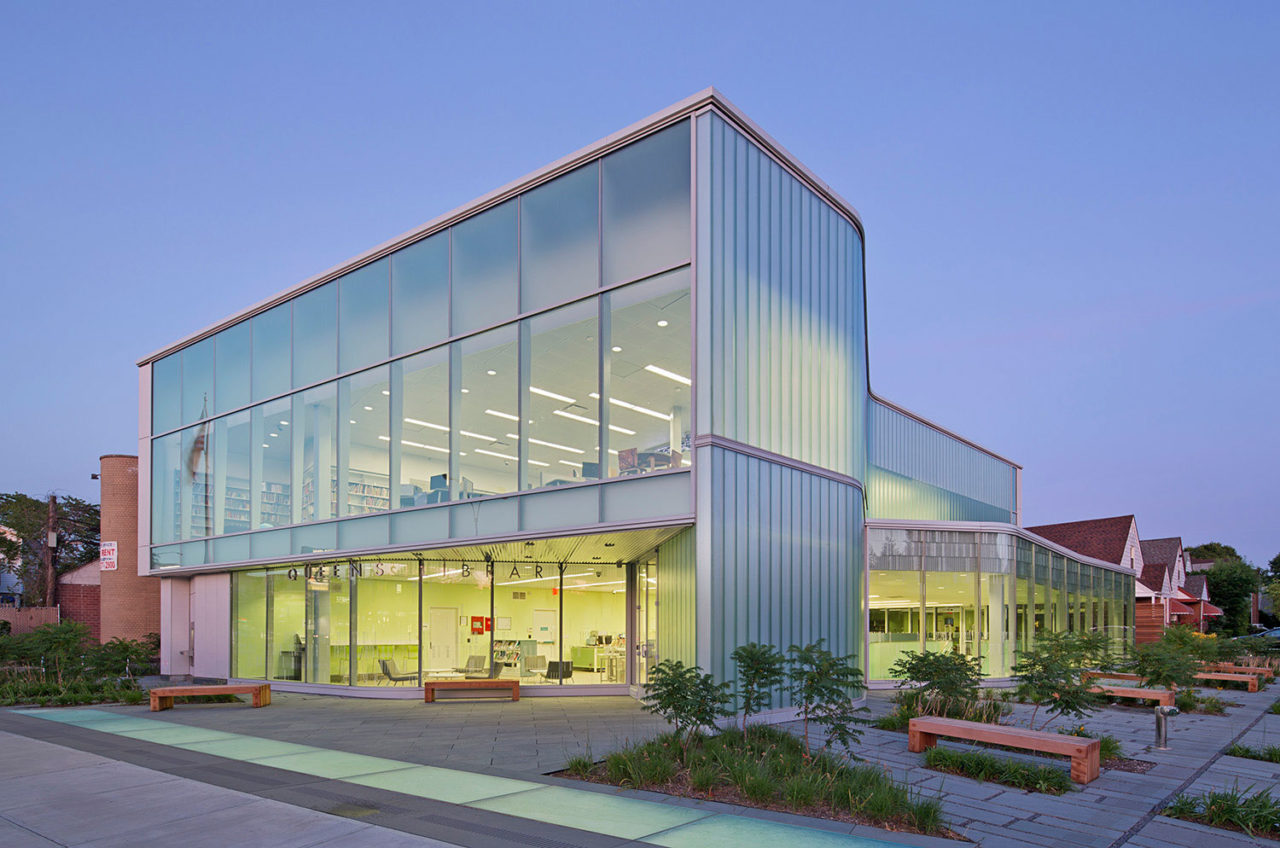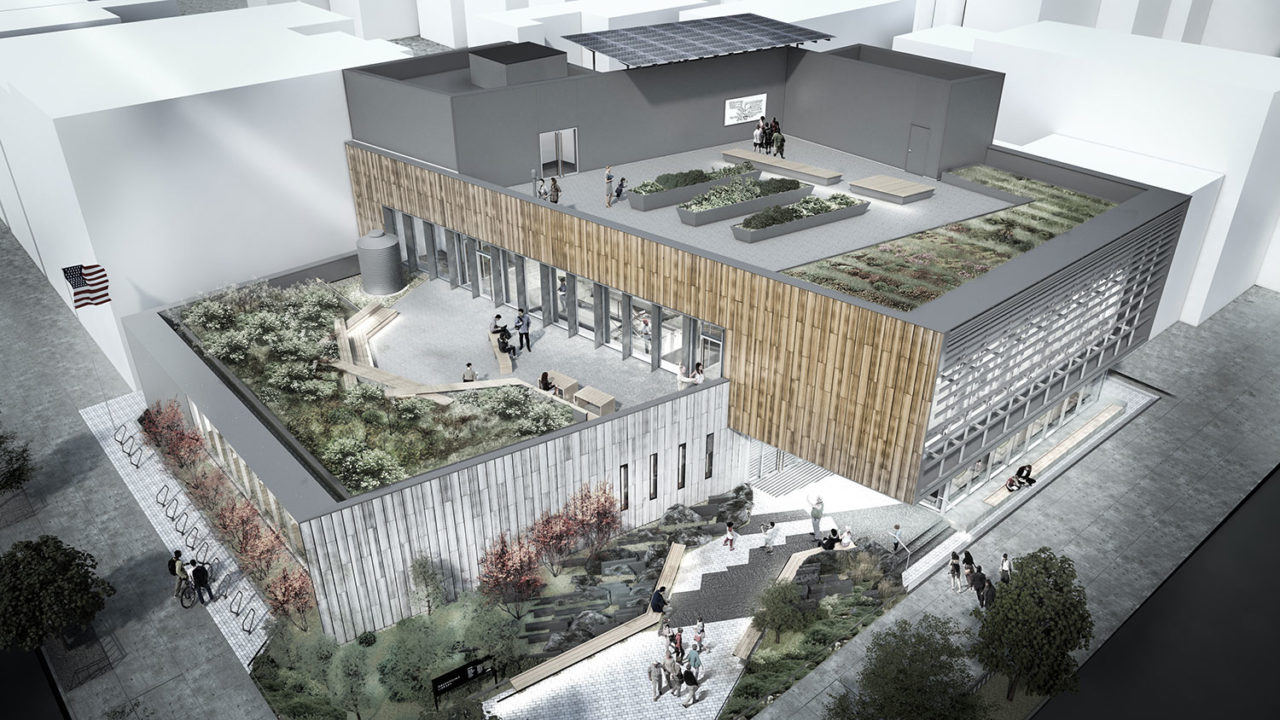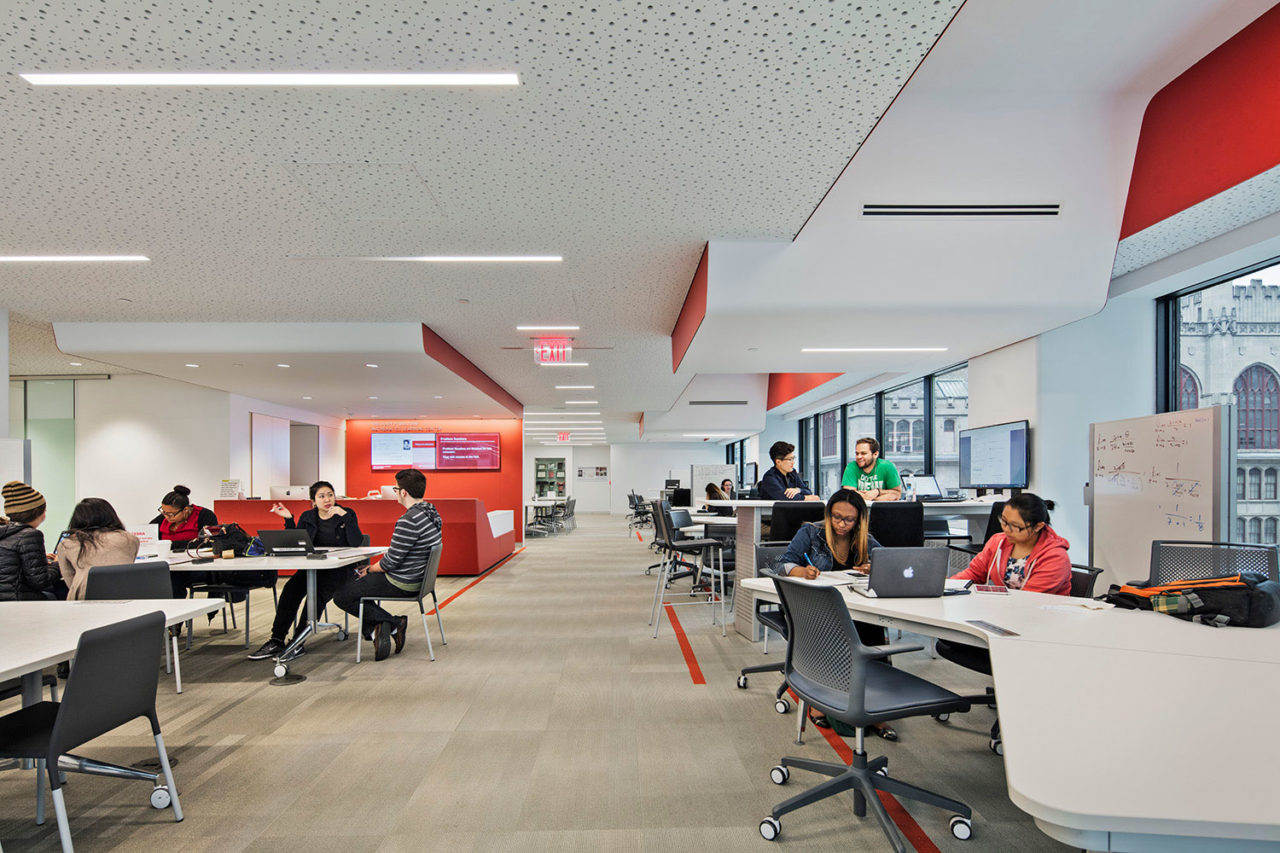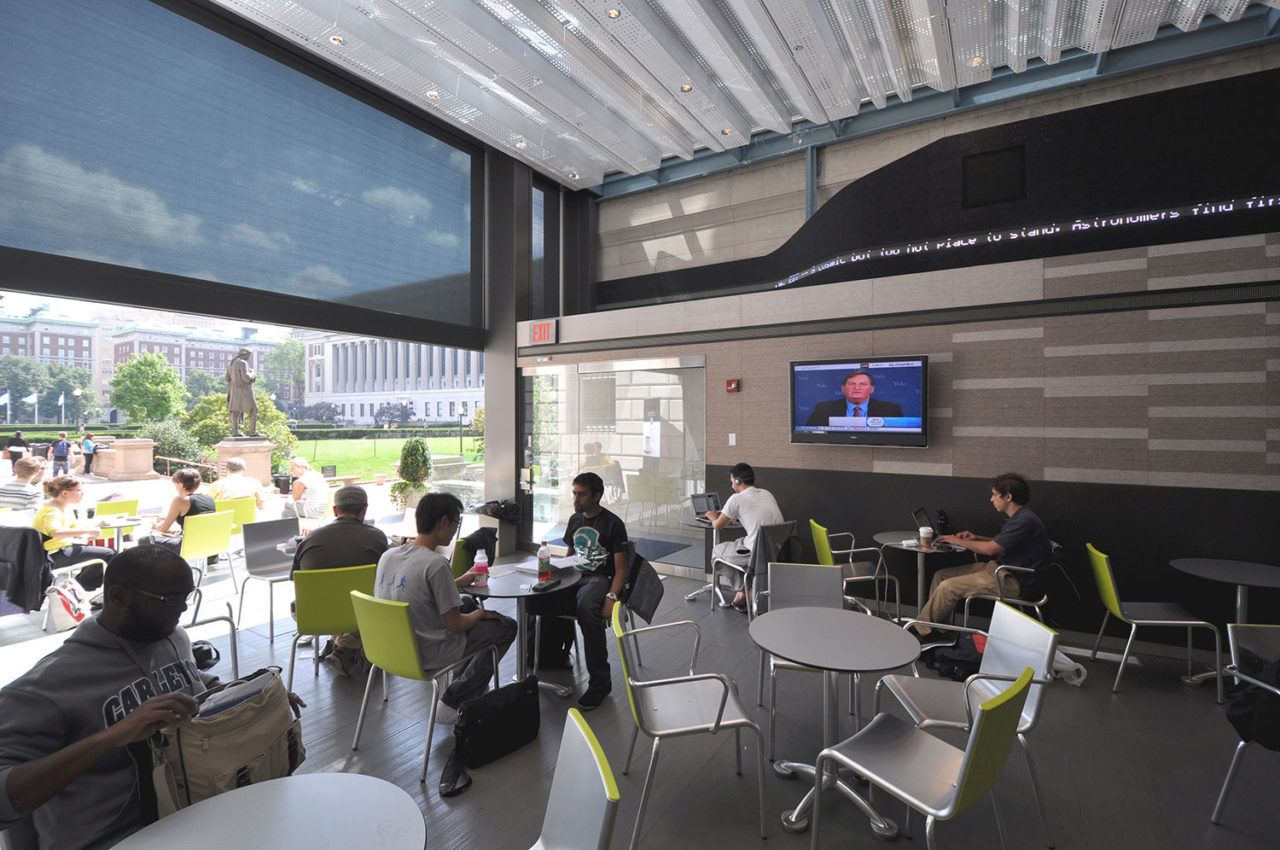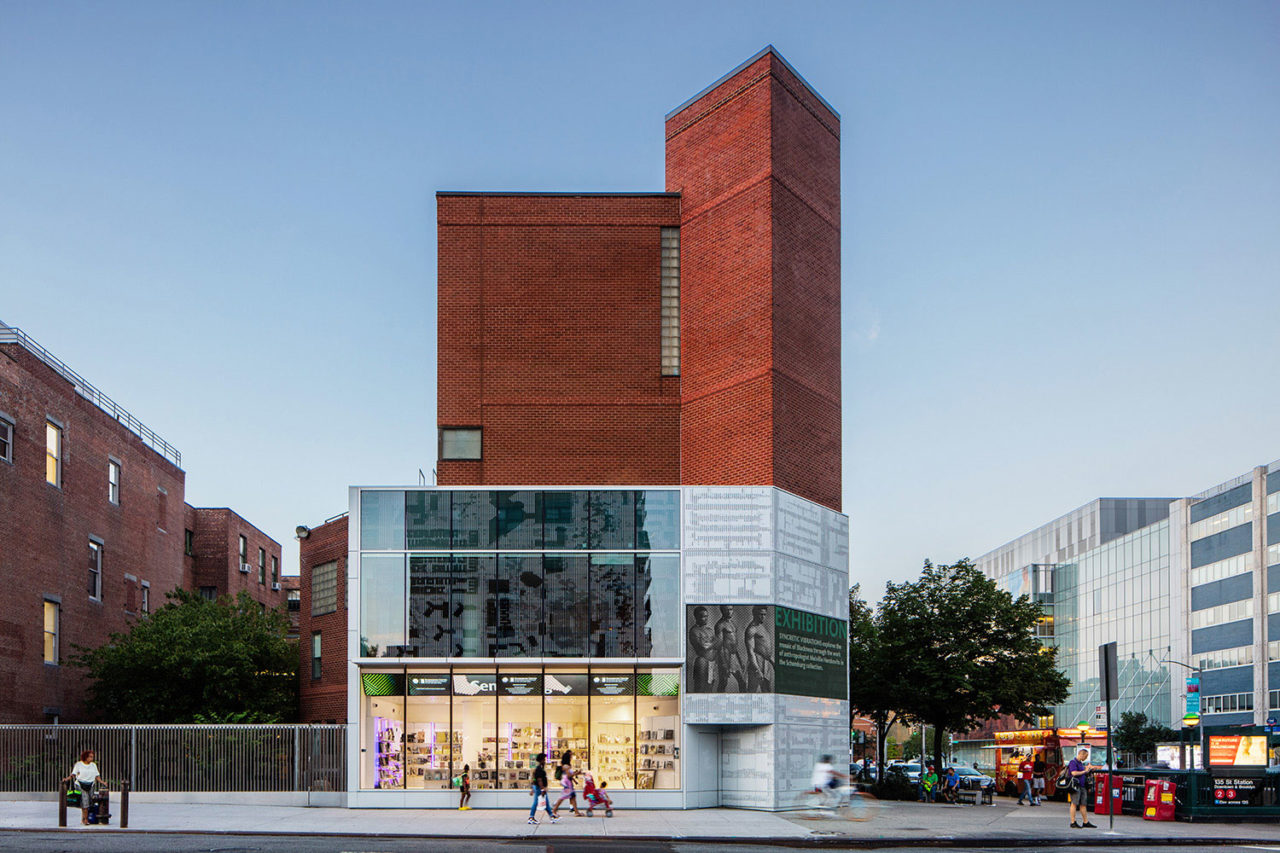by: AIA New York
Scott Marble, FAIA, has worked to advance the discipline of architecture through his leadership in design innovation, architectural education and professional practice. Marble is a Professor and William H. Harrison Chair and Professor of the School of Architecture at the Georgia Institute of Technology and a founding partner of Marble Fairbanks Architects in New York. He was previously Associate Adjunct Professor at Columbia University Graduate School of Architecture, Planning and Preservation where he was Director of Fabrication Research from 2004-2008 and Director of the Columbia Building Intelligence Project from 2010-2014. Marble is a frequent lecturer in the area of digital technologies and the transformation of the AEC industry and edited the book Digital Workflows in Architecture: Design, Assembly, Industry (Birkhauser, 2012). His firm has received over 45 local, national, and international design awards.
This year, the Jury of Fellows of the AIA elevated Marble to its prestigious College of Fellows in the first category of Fellowship, which recognizes architects who have “Promoted the aesthetic, scientific, and practical efficiency of the profession,” according to the organization’s definition. While only three percent of the AIA’s membership is distinguished with Fellowship, Marble’s investiture will be held at a future AIA Conference and AIANY’s next New Fellows Reception.
Q: What is influencing your work the most right now?
A: This is such a challenging period in our history, we find ourselves talking about the current political, social, and cultural unrest and trying to position what we do as architects in this context—it is not easy. We have become even more mindful of the types of projects to focus our attention on with the simple question, “how will this project contribute to society?” We have been very fortunate to work with educational, cultural, and institutional clients whose mission, in their own ways, are to improve society and advocate for a better future. We have also become much more concerned with building lifecycles, from the perspective of both use and material resources.
Q: How did you decide to pursue architecture?
A: My grandfather was an architect and my father was a builder, so I have been around design and construction from a very young age. I took mechanical drawings courses in high school and honestly don’t remember wanting to be anything other than an architect. Between high school and college, I worked in a small architecture office that had a woodshop and, after hours, I would hang out in the shop where I designed and built all of the furniture for my first apartment. I have really never looked back and continue to be excited and motivated by what you can accomplish as an architect.
Q: What do you see as an architect’s role—and responsibility—within our culture?
A: In a period of increasing specialization of design disciplines occurring in parallel to an increasing complexity of buildings, the role of an architect to synthesize technical, cultural, social, and economic concerns is even more essential. This is sometimes referred to as a generalist position but this confuses the knowledge needed to understand a problem with the skillset required to create innovative solutions. It is also worth noting that gaining this knowledge and skillset is embedded in architectural education which encompasses history, theory, and technology as the foundation for design studios.
Q: How do you feel about the state of the industry right now?
A: There are several trends that together are moving towards a significant realignment in the AEC industry. First, the complexity of buildings has resulted in expanded design teams and specialized consultants that have further fragmented the design and delivery of buildings, which will have to be addressed. Second, repeatable tasks are becoming productized, which will eventually omit about half of the current daily routines in architecture offices. And finally, the separation of architect and builder that emerged in early part of the 20th century is being reconsidered as evidenced in the increase in design build projects. These and other industry transformations offer enormous opportunities for architects.
Q: What are your thoughts on architectural education today?
A: Having been a professor, and now school Chair, for over 30 years, I think architectural education is at a crossroads. The challenge is that many schools are caught between preparing students for the profession as it exists today and how it will exist in 10 years, which is certain to be dramatically different. Given the minimal level of research and future preparation that offices can currently afford to do, schools could be the place where students learn to apply design skills to envision the future of the profession—there is currently no place this can happen, which is largely why AEC lags so far behind other industries in innovation and productivity. Realigning architecture education could be a first step in addressing this.
Editors’ Note: This feature is part of a series celebrating the members of the American Institute of Architects (AIA) New York Chapter who are elevated each year to the AIA College of Fellows, an honor awarded to members who have made significant contributions to both the profession and society. Learn more about Fellowship here.








